headaches after sinus surgery
 Headaches in the forehead region after sinus surgery – What could be the cause? (WARNING – GRAPHIC SURGICAL IMAGES & VIDEOS) - Dr Gan Eng Cern
Headaches in the forehead region after sinus surgery – What could be the cause? (WARNING – GRAPHIC SURGICAL IMAGES & VIDEOS) - Dr Gan Eng CernWarning: The NCBI website requires JavaScript to operate. Operative Headaches after Septoplasty in patients with nasal septal deviation Ali Ghazipour1 Department of otorhinolaryngology, Ahwaz Jundishapur University of Medical Sciences, Ahwaz Medical, IranHassan Abshirini2Department of otorhinolary refatngology, Ahwaz Jundishapur University of Medical Sciences This study presents the prevalence of headache in patients with septal nasal deviation and its response to surgical treatment during a 2-year follow-up period. Materials and methods: This descriptive and prospective study was performed in 98 patients with septal nasal deviation who were undergoing septoplasty surgery at the Ahwaz Imam Hospital. Preoperative information was acquired by asking patients and completing SNOT-20 questionnaires by patients. After surgery, information was collected on changes in the quality of headache in patients with dominant contact points in preoperative nasal endoscopy whose headache responded to topical anesthesia with 2%+naphazoline 0.5% during a 2-year follow-up. The final data were analyzed by SPSS and descriptive statistics. Results: Eight patients were studied, including 58.2% men and 41.8% women. Distributed between 18 and 46 years (media=24). Nose obstruction (72.4%), snoring (58.1%), headache (46%) and epistaxis (17.3%) were the most common preoperative symptoms. The most common site of headache was the front region (68.8%). Patient headache was bilateral in 71.1% of cases. In 82.2% of patients, the headache lasted less than four hours a day. The headache was perstil in 53.3%, acute in 31.2% and compressive in 15.5% of cases. In the postoperative evaluation, despite the gradual decline in referral patients for follow-up, a noticeable and gradual recovery was observed in the headache of patients with 82.8 per cent of patients reporting a total or partial recovery of headache at the end of the 2-year follow-up. Conclusion:Headache is one of the most common symptoms in patients with nasal anatomical anomalies such as septal deviation and generally responds well to surgical treatment. More studies with long-term follow-up seem to be inevitable to determine the relationship between headaches and nasal anatomical anomalies, precise surgical results in patient recovery and the recurrence rate of headaches. Introduction The nasal sept is right at birth and will remain in this state during childhood and early childhood. Sometimes the septal deviation is congenital, usually caused by traumas suffered at the time of delivery (). The nasal sept appears to lose its central position as the person grows, and this tendency will assume a progressive nature with growth (). The nasal sept is the first point of contact of the airways and inhaled air, whose diversion causes aerial turbulence. The nasal deviation marked causes disturbances in the airways, which leads to changes of dryness, crunchy and dysplastic in parts of the mucus where air flow has increased. It can also cause disturbances in the normal nasal secretion cycle. Nasal deviation can also cause symptoms such as nasal congestion, epistaxis, snoring, headaches and oral breathing (). When the septal deviation is parallel to the infundibular side of the side wall, it will cause changes to the ventilation and will also cause contact points between opposite mucous surfaces. Contact points can deactivate the ciliar activity and prevent the mucal drainage of the paranasal sinuses, and therefore can cause an accumulation of secretions in the breasts. Thus, any anatomical anomaly or pathology of the nose can manifest as a clear condition such as chronic sinusitis, halitosis or headaches (, ).Simple headaches are attributed to the presence of contact points between mucous surfaces opposite in the synnasal region, such as contacts between the nasal septose and the upper or medium conchae or with internal walls of the ethmoid sinus. These contact points can intensify headaches or cause side headaches, which have recently been added to the International Pain Disorder Classification. As defined, these headaches are characterized by frequent headaches located, especially in the periorbital region, the inner wall of the eye, and the temporal region, and also in the forehead and the upper jaw, and are accompanied by the presence of contact points in the synnasal region (). The causative mechanism is activated when the synnasal receptors, after stimulation, transfer pain using Substance P to the sensory core of the fifth nerve, which receives the sensory fibers of the face and neck. These fibers eventually reach the same cortical region; therefore, pain signals when reaching the sensory cortex can be falsely located and can cause refractory pains in other parts of the head and face (,). These contact points have also been recognized in recent research to cause migraine headaches, so the surgical treatment of these points can lead to improvements in such headaches (,). Headaches are a common fulfillment of those who visit ENT specialists, whose cause can remain controversial or even unidentified. Since research has shown that anatomical anomalies of the nose, such as septal deviation, can cause chronic and refractory headaches, determining the prevalence of headaches in such patients and tracking their response to surgical treatments may be a good reason for increased care and better examination of patients, especially those who have been repeatedly examined without having identified any specific cause for their headaches. In addition, in view of the role of surgery to improve anatomical nose anomalies and the following symptoms, ENT exams should be added to the list of tests needed for patients with headache (,). Therefore, in this study we try to investigate the prevalence of headaches, as well as their quality, intensity and duration in patients suffering from septal nasal deviation, and perform an evaluation of the improvement of patients after surgery. Materials and methods In this prospective descriptive study, 98 patients diagnosed with nasal septal deviation and hospitalized for septoplasty surgery at Imam Hospital, Ahwaz (Iran) were studied in 2008. All these patients had suffered nasal deviations and accompanying symptoms for more than five years and all had suffered symptomatic treatment of drugs. The diagnosis of septal nasal deviation had been proposed by previous examination and rhinoscopy using the nasal spectrum, and was completed by the CT-Scan of the paranasal sinuses. All those for whom there were findings for acute or chronic rhinoinusitis based on clinical tests or PNS CT-scan were excluded from this study. After patient selection, demographic data such as age and sex were collected and recorded. All participants completed SNOT-20 forms before surgery. Those suffering from headache completed the form again at intervals of 3 months, 6 months, 1 year and 2 years after surgery. (It should be noted that SNOT-20 is a standard international questionnaire with 20 different articles on synodal symptoms and their effect on the patient's personal and social quality of life. Each item is marked on a scale of 0 to 5, with the lowest for "no problem" case, and the highest for "problem as bad as it may be" case, which is averaged to give a total score. Lower scores indicate a better perception of quality of life). Those who suffered headaches were endoscopy, and then local anesthesia from the inside of the nose with lidocaine +2% and naphazoline 0.1%. Patients who had clear points of contact in their nasal septate in the endoscopy and whose headaches had responded to local anesthesia were followed postoperatively. Then all patients were subjected to septoplasty under general anesthesia using submucosal resection technique. After surgery, all patients had internal nasal packets, which were removed 3-5 days later. All data obtained from completed SNOT-20 forms before and after surgery were statistically analyzed by SPSS (v. 17). Results Results In this study, of the 98 participants, 57 were men (58.2 per cent) and 41 women (41.8 per cent). They ranged from 18 to 46 years (average: 24 years). The nasal congestion was the most common in 72.4% and the headaches were the most common third in 46% (). Table 1The prevalence of preoperative complaints in the 98 patients in this study Prevalence Absolute (number) Relative (percentage) Symptoms Nose congestion 7172.4 Oral breathing 6263.2 Headaches 4546 Epistaxis 1717.3 Of the 45 patients who had different contact points in the endoscopy and whose headache had responded to local anesthesia, 31 patients (68.8%) complained of frontal headaches, and only three patients (6.6%) reported occiputum or vertice pains (). Table 2The prevalence of preoperative headache sites in 45 patients Prevalence Number of patients Pain site Border region 31 Periorbital 20 Temporary region 17 Cara 14 Parietal region 5 Vertex 3 Occiput 3Headaches were bilateral in 32 patients (71.1%) and unilateral in 13 (28.9%). In terms of duration, 37 patients (82.2%) reported that headaches lasted less than hours a day. Six people (12.4%) reported that this was between four and eight hours a day, and two people (4.4%) as more than eight hours a day (with an average of 12 hours). Pains were pulpit in 24 patients (53.3%), acute in 14 (31.2%) and compressive in seven (5.5%). In follow-up after three months after surgery, the 45 patients participated, of which 18 patients (40%) reported full treatment of headaches. Fifteen patients (33.3%) were satisfied with a lower intensity and/or frequency of headaches, and, ultimately, 11 patients (24.5%) did not report any reductions in the intensity, frequency or quality of their headaches. Only one patient complained of intensified headaches after surgery. In long-term follow-ups, despite the gradual decline in the number of participants, there was a gradual increase in the improvement of headaches, so that of the 35 participants in the last follow-up, after two years, 29 patients reported total recovery or pain reduction, with 82.8 per cent (). Table 3The rate of changes in the quality of headache in postoperative follow-up Follow-up time 3 moths post-op 6 moths post-op 1 year post-op 2 years post-op Change in the quality of headache Number of patents Number of patents Number of patents Number of patents Complete recovery 18171616 Reduced head pain 15151613 No change. 111086 Intensification of headache 1100 All participants in follow-up 45434035DiscussionSynadal headaches can be quite difficult to study and examine due to the special nature of the condition, accompanying diseases and problems that occur during the follow-up period. Of the 98 patients in our study, 57 were men (58.2 per cent) and 41 women (41.8 per cent) with an average age of 24 years. According to this study, 71 people (72.4%) suffered nasal congestion, 62 (63.2%) by oral breathing, 45 (46%) by headaches and 17 (17.3%) by epistaxis. As for the prevalence of symptoms, these findings correspond to those found by Low and Willatt in their preseptoplasty study of 75 people. According to their study, 57.3 per cent of patients suffered oral respiratory, 48 per cent of headaches and 21.3 per cent of epistaxis (). Of the 45 patients in our study who complained of headaches, 31 (68.8%) people reported the frontal region, 20 (44.4%) the periorbital region, 17 (37.7%) the temporal region and 14 (31.1%) the face as the site of headaches. Headaches in all the above-mentioned sites were bilateral in 71.1% of patients. In a study conducted by Harly and Powitzky in the United States, 71 patients were studied complaining of headaches and whose nasal anatomical anomalies, such as septal nasal deviation. It was reported that their headaches were in the front region at 73%, in the periorbital region at 38%, in the temporary region at 28% and in the face at 26% of the cases. In addition, 78% of patients had bilateral headaches according to case stories (). In general, these findings correspond to ours. Based on these statistics, most patients experience their headaches in more than one anatomical location. As for the quality of pain, 24 people (53.3%) reported pains, 14 (31.2%) acute pains and seven (15.5%) pains. In the study conducted by Behin and Bigal in the United States, it has been reported that headaches caused by contact points in the Synasal region are pulpitable, acute or compressive (). In our study, three months after surgery, 18 patients (40%) reported full recovery and 15 (33.3%) reported a decrease in pain intensity; these numbers increased in last follow-up, two years after surgery, with 35 participants, to 16 (45.7%) for full recovery and 13 (37.1%) for lower intensity. In the Low and Willatt study in the United Kingdom, in the follow-up of 2 years, recovery reached the rate of 33.3% (). In the Behin and Bigal study in 2004, after surgery, 91% of patients reported a reduction in the intensity of headache and 85% reduced the frequency of headache (). In another study conducted by the same researchers in 2006, in a follow-up of 10 years after surgery, 30% of patients had full recovery, and 35% had a significant recovery (). In another study conducted by Ramadan et al, in a follow-up of 3 months, 60% of the people who had been subjected to surgery were cured of headache (). In a study conducted by Welge-Luessen et al in Basel, Switzerland, in a 10-year follow-up, 65% of patients reported complete disappearance of headaches or marked improvements in symptoms. Curiously, two patients in the study that caused asymptomatic 7-8 years after surgery experienced a relapse of headaches (). In other studies, also, the elimination of synodal factors, such as septal nasal deviation, had led to the complete disappearance of headaches or a marked improvement in most patients (,). As can be seen in previous studies, in follow-ups after surgery, patients had different responses to surgery in terms of reduced symptoms, which may have caused different natures of the problems and accompanying conditions. Also, as has been said before, contact points may cause side headache disorders or intensify primary headaches, and therefore removal of contact points may lead to relative recovery, but because the main cause of the condition persists, symptoms may continue to exist. Conclusion In view of the numerous studies on patients with nasal anatomical anomalies, such as septal nasal deviation, having suffered septoplasty, headaches are one of the most common preoperative complaints, and also in view of the fact that these headaches respond well to surgical treatments, postoperative follow-ups can identify both the relationship between the symptoms of headache and anatomical effects. On the other hand, in view of the relapse of headaches in some cases in some recent long-term studies, it is recommended to follow up 10-20 years in the long term to identify the exact effect of surgery on these patients and the relapse rate. ReferencesFormats: Share , 8600 Rockville Pike, Bethesda MD, 20894 USA

Headaches in the forehead region after sinus surgery – What could be the cause? (WARNING – GRAPHIC SURGICAL IMAGES & VIDEOS) - Dr Gan Eng Cern
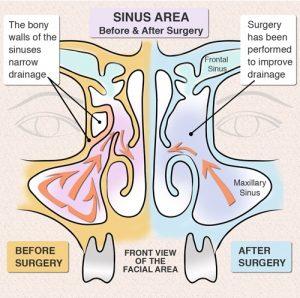
Chronic Sinusitis - Surgery | euforea
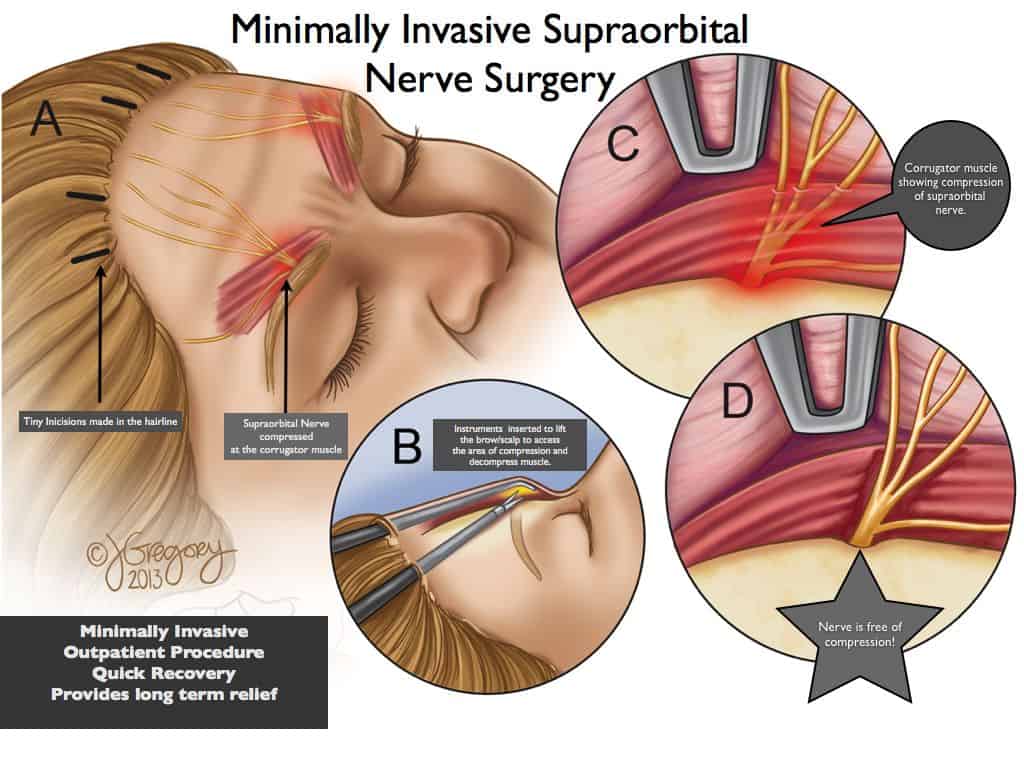
Migraine Surgery | Migraine Relief Center

What is Sinus Surgery? New York, NY Sinus Surgeon

Headaches in the forehead region after sinus surgery – What could be the cause? (WARNING – GRAPHIC SURGICAL IMAGES & VIDEOS) - Dr Gan Eng Cern
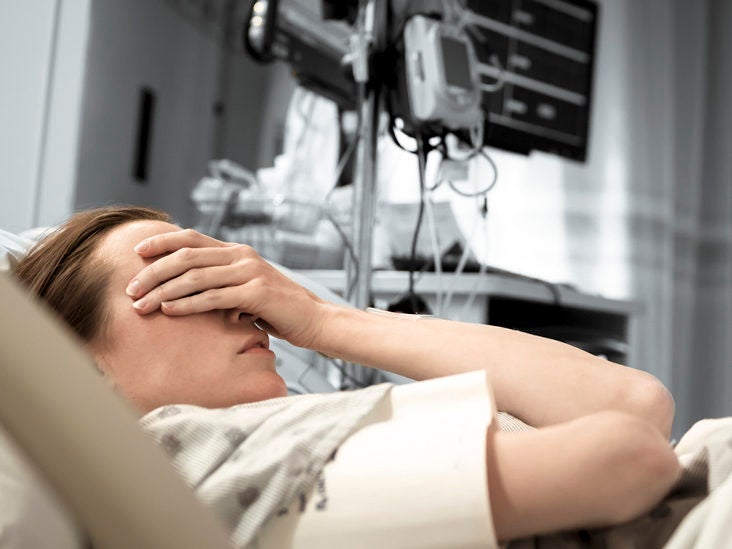
Headaches After Surgery: Causes and Treatment

Functional Nasal Surgery Can Improve Chronic Headache Symptoms - Neurology Advisor
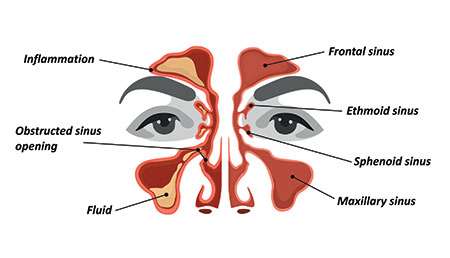
Your Sinus Headache Could Actually Be a Migraine Headache - BergerHenry ENT Specialty Group

Headaches in the forehead region after sinus surgery – What could be the cause? (WARNING – GRAPHIC SURGICAL IMAGES & VIDEOS) - Dr Gan Eng Cern
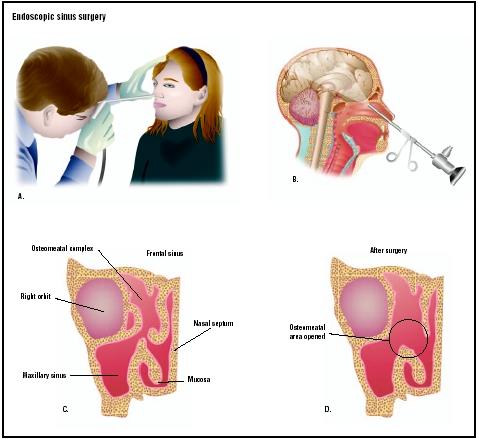
Endoscopic Sinus Surgery - procedure, recovery, pain, complications, time, infection, cells, risk

Headaches in the forehead region after sinus surgery – What could be the cause? (WARNING – GRAPHIC SURGICAL IMAGES & VIDEOS) - Dr Gan Eng Cern

What is Sinus Surgery? New York, NY Sinus Surgeon

What is Causing This Man's Persistent Headaches and Nausea Post-Sinus Surgery? | Consultant360
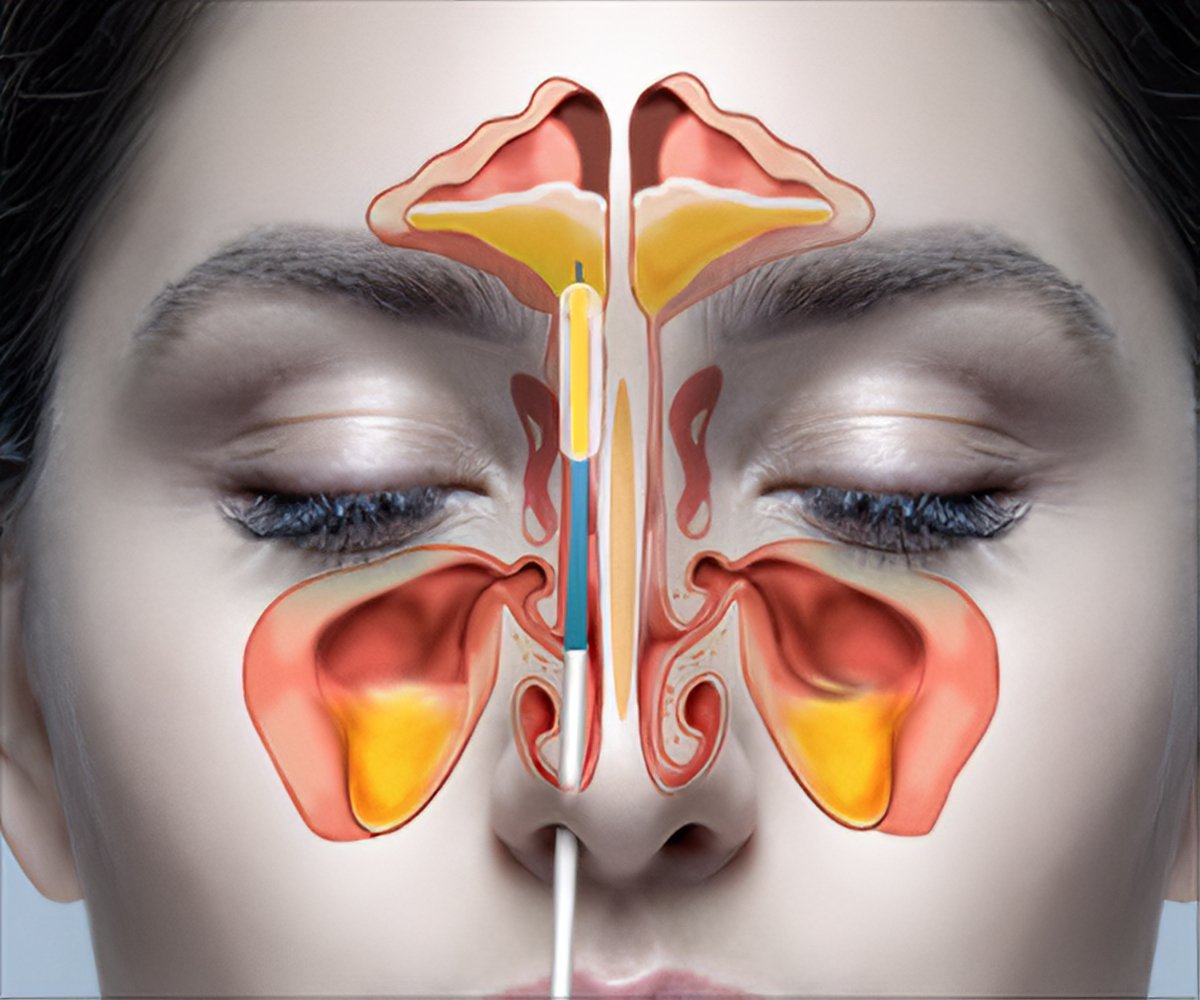
Sinus Surgery - Facts, Preparation, Operative Procedure, Recovery & Complications

I had sinus surgery almost 2 weeks ago and felt mostly fine until I had a headache/toothache/dizziness today while at work. Blew my nose when I came home and got out this

15 Endoscopic Sinus Surgery Risks, Complications & Recovery

14 Sinus Surgery ideas | sinus surgery, sinusitis, surgery

Endoscopic sinus surgery: A tale of overuse - Right Care Alliance

Headaches After Surgery: Causes and Treatment
Sinus Headaches: Treatment, Symptoms & Causes
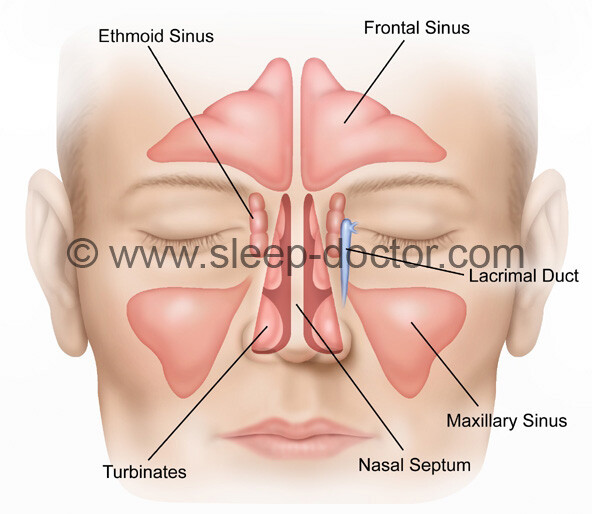
Sinus Surgery - Sleep Doctor
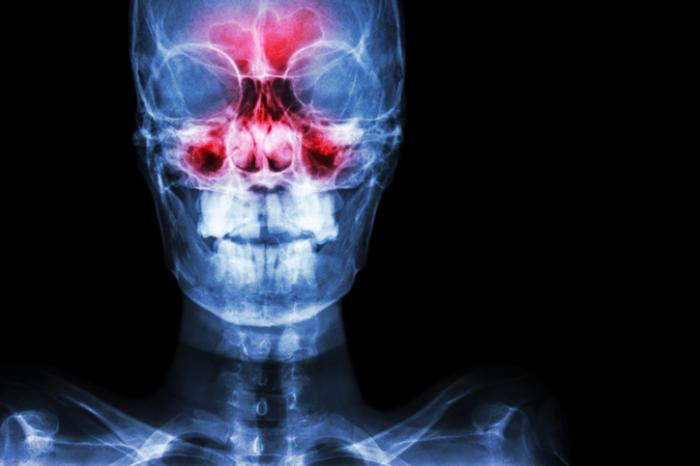
Sinus surgery: Types, recovery, risks, and alternatives

15 Endoscopic Sinus Surgery Risks, Complications & Recovery

What to Expect from a Balloon Sinuplasty - Georgetown Ear, Nose and Throat Center P.A.

I very recently had sinus surgery to remove nasal polyps, a mucocele, and to widen my sinus openings. Here is m… | Sinus surgery, Sinus inflammation, Sinus headache

Surgery For Sinus Misery: Better, But Still No Cure : NPR
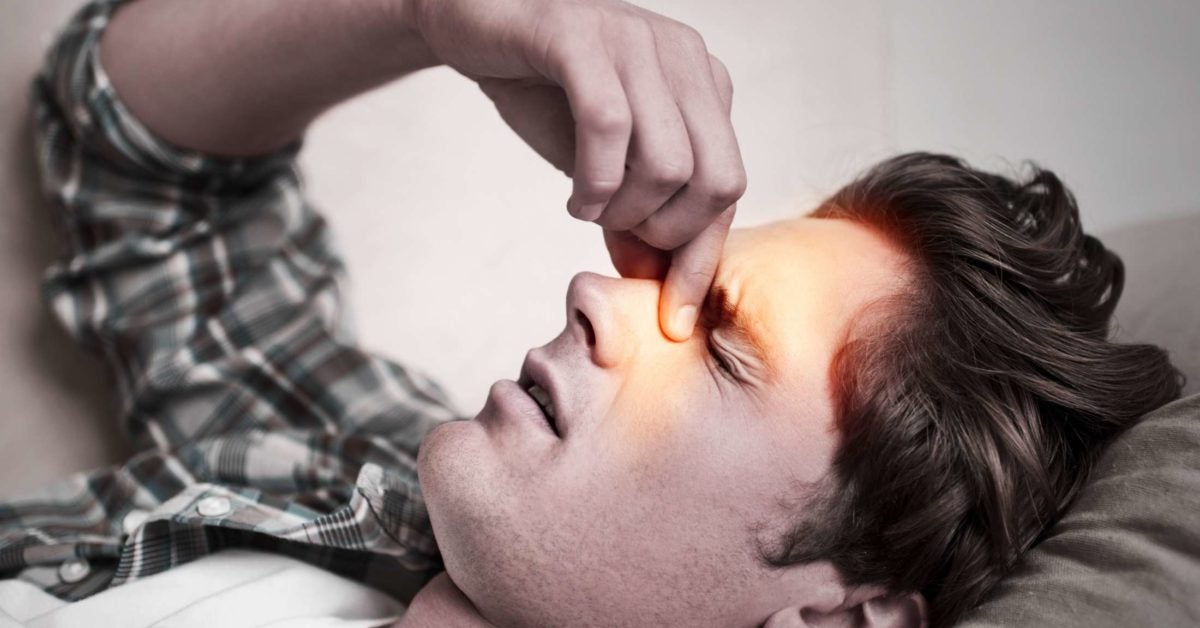
Sinus headache: Symptoms, treatments, and home remedies

Sinus Headache: Feel Like, Treatment, Symptoms, vs Migraine, & Relief

Balloon Sinuplasty: The Process, Side Effects, & Recovery | Houston Advanced Nose & Sinus

Do I Need Functional Endoscopic Sinus Surgery (FESS)? - Lakeside Allergy ENT
/sinus-infection-or-migraine-1719600-5c93c040c9e77c000159ed5e-987a431b464f45e6884f3cc136a8b7a8.png)
Sinus Headaches: Overview and More
Sinus Surgery :: 2 1/2 Years Later - Espresso and Cream
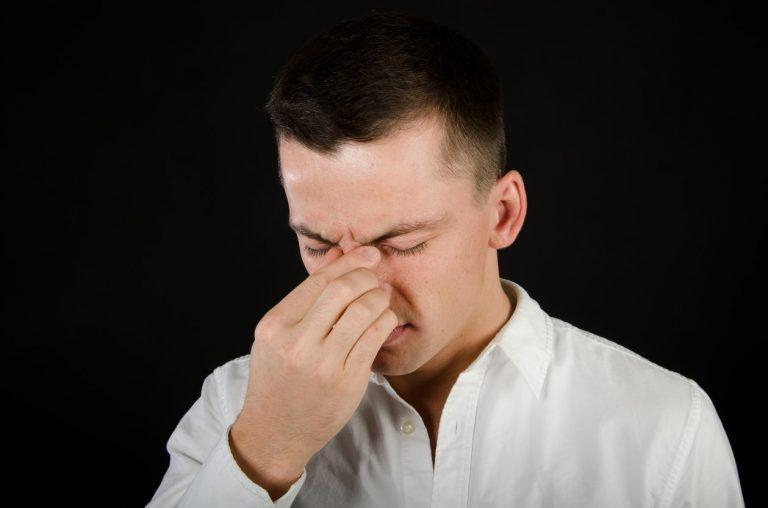
What Are the Best Sinus Headache Treatments?: Houston Sinus Surgery: Ear, Nose & Throat Doctors

Nasal Airway Surgery (Septoplasty): Procedure, Complications & Recovery
/why-do-i-have-a-headache-after-childbirth-1719586-5c046eeb46e0fb0001c253cf.png)
Benign and Serious Causes of Headaches After Pregnancy
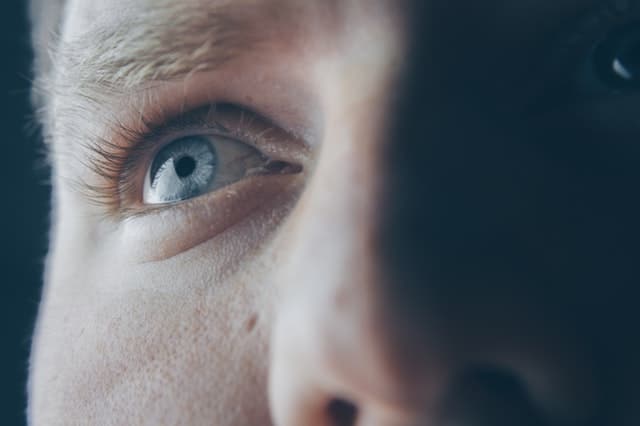
New Hope for Chronic Headache Sufferers: Nasal Surgery | Oregon Ear, Nose & Throat Center

Breathing Easier With Sinus Surgery - WSJ

A man's persistent headache proves hard to diagnose and harder to treat - The Washington Post

Headaches in the forehead region after sinus surgery – What could be the cause? (WARNING – GRAPHIC SURGICAL IMAGES & VIDEOS) - Dr Gan Eng Cern

Sinus Surgery And Recovery - What you should expect?
Posting Komentar untuk "headaches after sinus surgery"